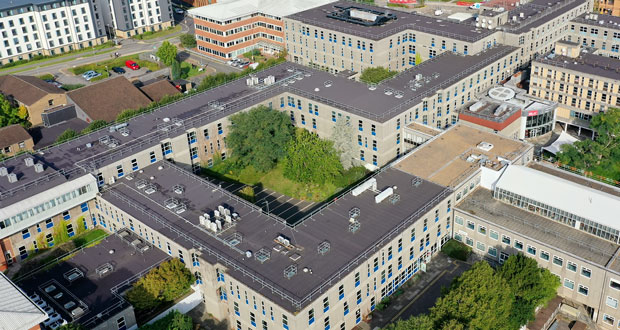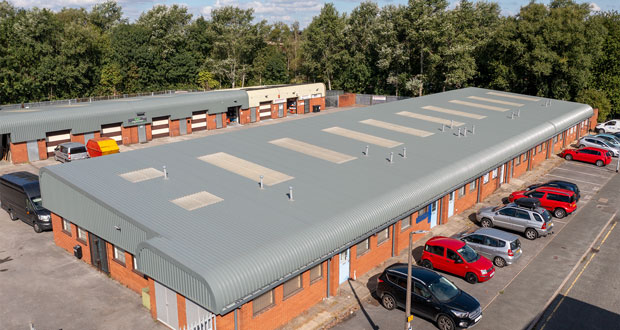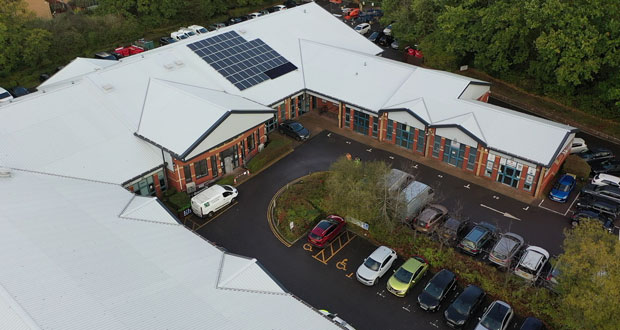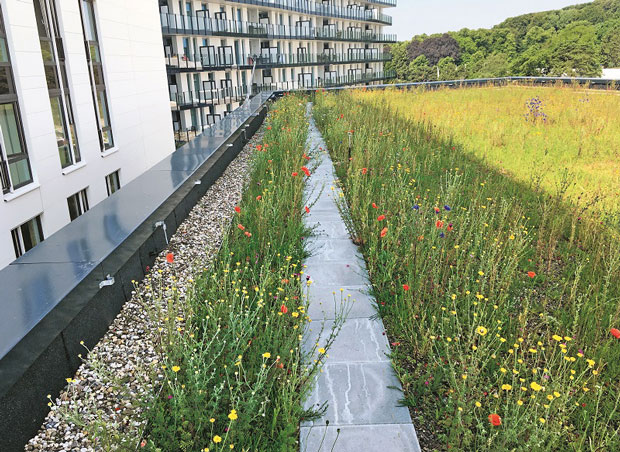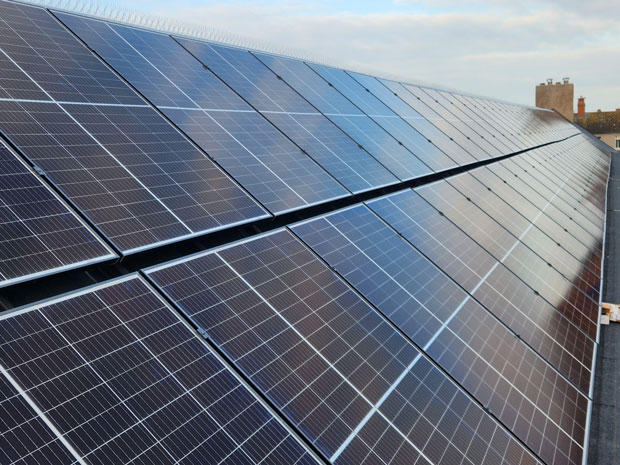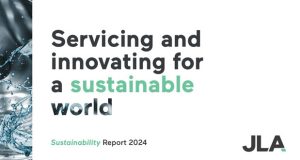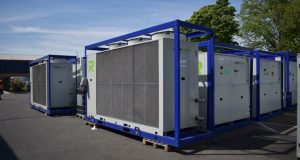Sustainable roofing initiatives are increasingly common as the UK aims for Net-Zero carbon emissions by 2050 across all sectors. The built environment, responsible for nearly 40% of total carbon emissions, presents a crucial opportunity for significant change. However, achieving Net-Zero requires more than just new construction projects. With approximately 70% of commercial buildings in the UK constructed before 2000 and still in use by 2050, retrofitting is essential to upgrade them to Net-Zero standards.
Roofing projects provide a vital opportunity for a significant reduction in the overall carbon emissions of your building through reductions in Embodied Carbon, Operational Carbon and reductions in carbon at the End of Life phase of your roof. At Garland UK, our Technical Managers can help you choose the right sustainable solution for your roofing needs.
Embodied Carbon
An effective way of decreasing embodied carbon emissions is to choose a roofing system with a long lifespan, that should outlast its guarantee. Compared with shorter life products, which of course would need replacing much sooner, this greatly reduces the carbon required to produce the system. Where possible you should specify a roofing system that both uses recycled materials and is itself recyclable to again reduce the embodied carbon of the system.
By conducting thorough condition surveys of your existing roofing structure, it is easy to avoid unnecessarily removing the existing deck or insulation whilst conducting any refurbishment or repairs, minimising the amount of new materials needed to restore your roof, and thus reducing its carbon emissions. A moisture mapping survey in particular can help to identify very specific areas of water ingress, so that these areas can be targeted exclusively for repair.
Roof encapsulation solutions should also be considered when a complete roof replacement is necessary. This allows the existing roofing structure to remain in place whilst providing a new waterproofing system This of course eliminates the need for the existing roof to go to landfill, not only saving you the disposal costs but again further reducing the embodied carbon emissions as a result.
Operational Carbon
There are a number of opportunities that your roof can help to reduce the operational carbon of the whole building. Photovoltaic Solar Panels can be incorporated on your roofing system to provide renewable energy, that can be used to reduce the energy consumption of the building.
Green roofs are another very effective way of reducing the operational carbon of your building, by improving thermal efficiency, whilst also actively capturing carbon dioxide through the vegetation that it incorporates.
Finally roofing projects allow for increased insulation to be applied, which again will improve the thermal efficiency of the building, requiring less heating and cooling and thus improving the overall energy efficiency of the structure.
End of Life Carbon Reduction
The End of Life phase of the Whole Carbon Life Cycle should also be considered as it can provide more opportunities to reduce carbon emissions. It is essential to partner with both a manufacturer and approved contractors that encourage mindful waste management, mitigating the need for landfill disposal wherever possible.
It is possible to specify a roofing system that is 100% recyclable at the end of its usable life. Metal roofs, such as Garland UK’s R-MER range are a perfect example of this. Recycled metals produce as much as 90% less carbon when compared with metals processed from ore.
Long-Term Benefits
There are two general points that should always be kept in mind when choosing the right roofing solution for your building. Firstly, quantifiable results should be provided by your manufacturing partner.
Garland UK always advise our clients to research and ask questions about environmental claims being made about building materials, as unfortunately, greenwashing can be prevalent in the industry. In some cases, the sustainable credentials are diluted, circumstantial, or may not be relevant to your projects. Always check the technical data sheets in detail and ask for relevant Environmental Product Declarations to avoid falling for these misrepresentations.
Secondly, to ensure your roofing project supports your sustainability initiatives, do not look at the short-term cost; look at the long-term goals and the wider benefits this will entail as this will often lead to real long-term cost savings. For example, photovoltaic systems typically see an ROI in as little as 4-6 years, with continued energy cost savings and reduced carbon emissions for decades to come.
Garland UK’s Technical Managers have a wealth of experience providing roofing and solar pv solutions that will cut the carbon emissions of your building, helping you to achieve your sustainability goals. Learn more at www.garlanduk.com

